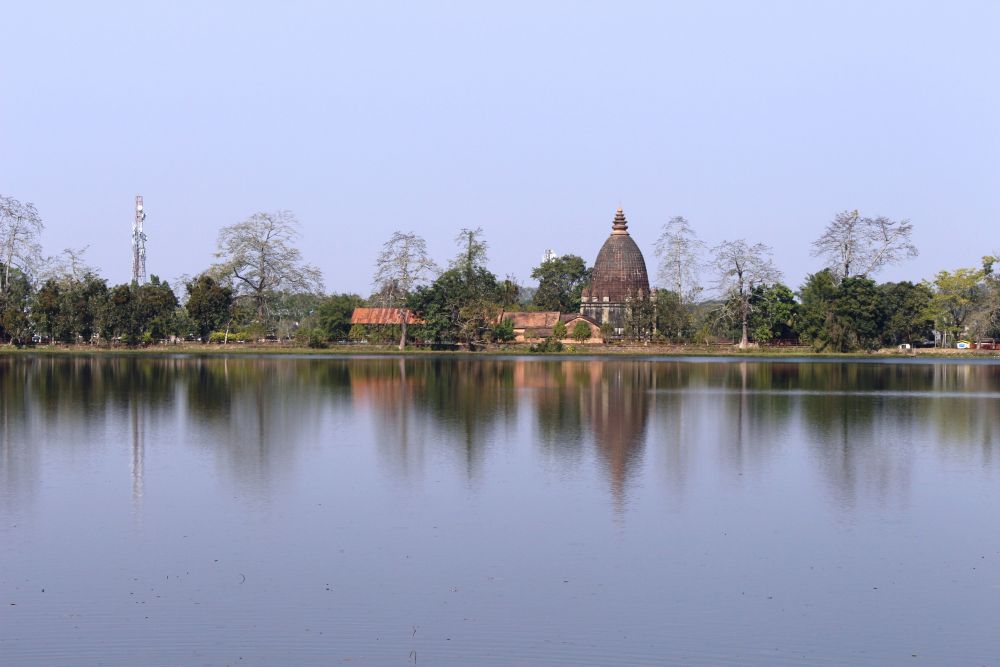

Located in the heart of Sivasagar in Assam, India, the Joysagar Tank and Temples are spectacular remnants of the Ahom dynasty, which ruled for nearly 600 years from the 13th to the 19th century. This architectural wonder, spread over 318 acres, is known to be the largest man-made lake in India. It was built by Swargadeo Rudra Singha in memory of his mother, Joymoti Kunwari, in 1697, and was completed in just 45 days, showcasing the remarkable engineering skills of the Ahom people.
The Ahom rulers were great patrons of culture and architecture, and their contribution is evident in the grand structures that surround the Joysagar Tank. The complex includes temples dedicated to Hindu gods such as Lord Shiva and Vishnu. The most notable among them are the Joy Dol, dedicated to Lord Vishnu, and Shivadol, dedicated to Lord Shiva, which is considered the tallest Shiva temple in India.
Tourism at Joysagar Tank and Temples has evolved gradually. Initially, the site mostly attracted local pilgrims and a few historians interested in studying the relics of the Ahom dynasty. However, with the rise in domestic and international tourism in India, the area has become increasingly popular. Efforts by the Assam Tourism Development Corporation, along with the promotion of the region's cultural heritage, have led to an increase in tourist footfall.
The latest trends in tourism at Joysagar Tank and Temples involve the incorporation of sustainable practices and the enhancement of visitor experiences. Efforts are being made to maintain the ecological balance around the tank while providing tourists with amenities such as guided tours, information centers, and cultural events that showcase Assam’s rich traditions. Eco-friendly initiatives, such as pollution control and maintenance of the natural habitat, are gaining focus to ensure the conservation of the site.
Visitors can now enjoy improved infrastructure, with better roads, clean surroundings, and facilities like clean drinking water and restrooms. There is an emphasis on creating engaging experiences for tourists, with light and sound shows, traditional performances, and the introduction of local cuisine that reflect the culinary heritage of Assam.
The future of tourism at Joysagar Tank and Temples looks promising, with plans to further develop the site as a major cultural destination. There are discussions of harnessing technology to create virtual tours and augmented reality apps that can explain the history of the site in multiple languages, making it accessible and educational for a global audience.
Overall, the Joysagar Tank and Temples continue to be an illustrious landmark of India's Northeastern tourism landscape, offering a unique blend of history, spirituality, and splendid architecture.